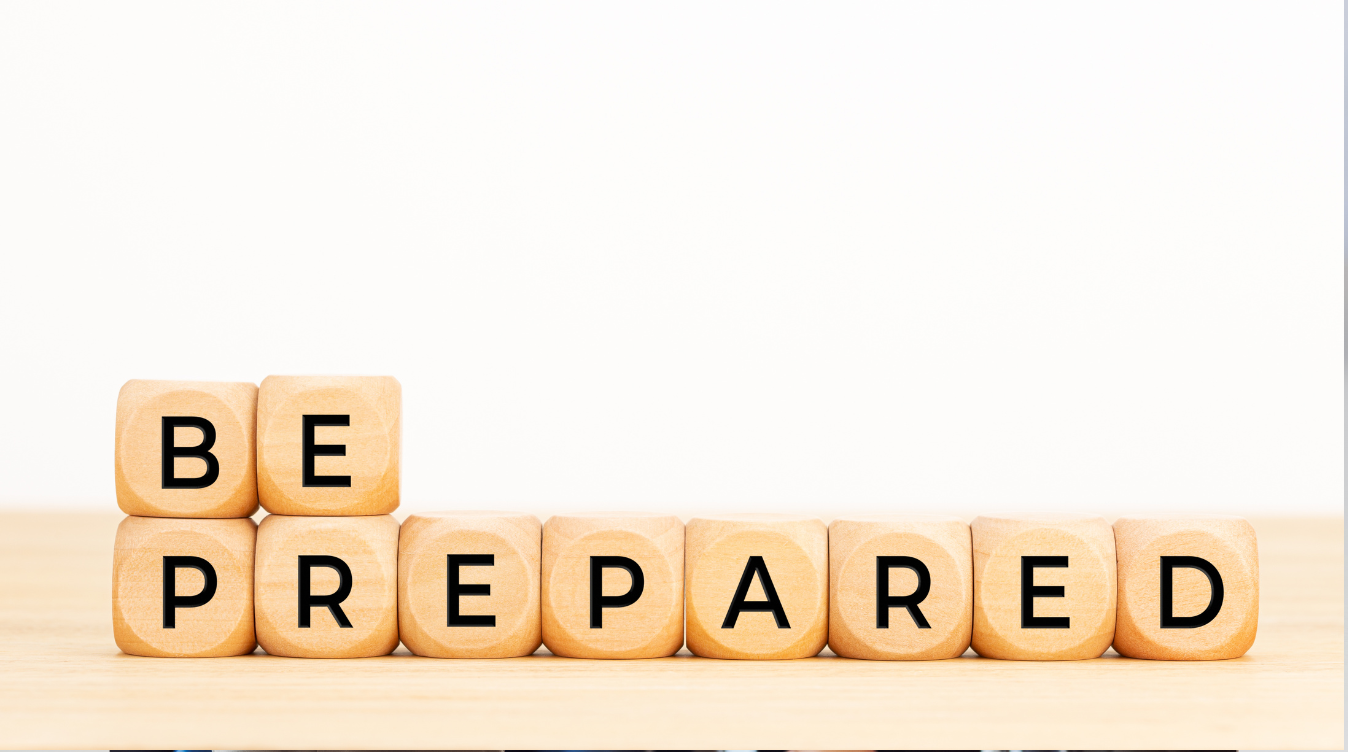Attending the Conference
Okay. The stage is set. You’ve found a conference to attend, you submitted a paper proposal and had it accepted, you’ve registered and made all the arrangements to attend the conference. Now we’re going to go over what that experience is likely to be like when you actually get there.
Preparation
One thing I like to do ahead of time is go through the programme to check what the schedule is and also mark any papers I am especially interested in. Some conferences have a very simple programme where all papers are given in a single room, while others will have 2 or more sessions given simultaneously in multiple rooms (the biggest conference I have ever attended has over 2,000 attendees each year, meaning there are a dozen or so sessions running simultaneously across the university campus where it is held. In cases where there are simultaneous sessions it can be really helpful to plan ahead of time which papers you want to see so you know where you want to be when. It’s also useful to know when breaks are, when lunch is, and when any other associated events might be happening (like a book fair or book launch event). You will also want to be sure you know when and where your paper is being given. Frequently you won’t find out until you read the programme/schedule.
Note on presenting: I am always pleased when my presentation is scheduled for the first day, as it means I have less time to be anxious ahead of time and can then focus on enjoying the rest of the conference, but other people may have other preferences. Just be aware that depending on how comfortable you are with public speaking, you are likely to feel some anxiety or stress leading up to it.
What to Wear
There is usually no strict dress code associated with academic conferences, though the vast majority of people will be dressed in what might be considered business, business casual, or professional casual. These terms might sound weird and meaningless to you, so I will break them down a bit into actual articles of clothing. Remember that this is a professional environment, so you want to dress in a way that people will take you seriously and that will leave a good impression on people who could be future collaborators, colleagues, research leads, or bosses. There is also a bit of a balance to be struck between dressing professionally and dressing comfortably, as you may spend an extended period of time standing or sitting. I tend to dress a little nicer on the day I am presenting, which usually means shoes that look nice (casual or office appropriate), slacks, a button-down shirt or a blouse, and a blazer or suit jacket. On other days I may dress down a bit by wearing dark coloured jeans, casual shoes (that are clean and look nice), a blouse, and a sweater, blazer, or suit jacket. Still other times I may wear a skirt or a dress. You are not required to wear a blazer or suit jacket. I tend to have them partially to look smart and partially to ensure I have something to wear if I get cold or am able to take it off if I get too warm.
I also usually have a bag, my water bottle, a notebook, and a pen that I take to all my conferences. Sometimes I’ll even have a backpack depending on the situation. It is very normal to have items that you are carrying around at the conference.
Registration
Yes, you’ve already registered for the conference and paid the registration fee. This registration period is kind of like ‘check-in’, which you only need to do on the first day of the conference (or the first day you arrive, if you won’t be there for the first day). Depending on the conference, if you are staying in accommodation controlled by them, you might need to go through registration to get the key to your room. Many conferences begin in the morning, so registration may be as early as 8am. Some conferences begin after lunch on the first day, so you will want to check the details for the conference you are attending so you know when you need to arrive for registration. At registration there will usually be a table set up with organisers checking people’s names off on their list and ensuring you get your name tag and any welcome packet associated with the conference. Name tags can be as simple as a sticker with your name written by hand, or may be in a re-usable plastic holder that clips or pins to your clothing, or even on a lanyard. You can generally expect a copy of the programme/schedule to be included in the welcome packet though sometimes there might be more information as well.
There will usually be a tea/coffee moment alongside registration to give attendees a chance to get settled and meet other people. Frequently there are also biscuits available, but this is not always the case.
Welcome and Opening
You can expect there to be a short talk given by a conference organiser to welcome everyone to the conference and to get things started. They may also give a brief overview of the day’s events. At this point there might be a keynote speaker before the conference gets into full swing.
Breaks
You can generally expect there to be a tea/coffee/comfort break mid-morning and mid-afternoon, along with a break for lunch. Depending on how late the conference goes, there may also be a dinner break and additional tea/coffee/comfort breaks.
Tea/coffee/comfort breaks are opportunities for these specific things, but are also networking opportunities in between sessions where you can meet new people and discuss the papers that you have enjoyed or that you are looking forward to. If you feel really anxious about having to talk with experienced academics, it is completely okay to seek out your fellow students and network with them. These are your potential future colleagues and are also people who can understand any anxiety you are feeling about being at the conference.
Remember that conferences may or may not include lunch as part of the offering of the conference. Check ahead of time in the programme to see if lunch is included, and if it’s not clear, it’s okay to email the conference organisers to ask for clarification.
Conference Dinner
The conference dinner is frequently on the first night of the conference, but this is not always the case, so you will want to check the programme to be sure you know when and where it is. Conference dinners are an excellent opportunity to meet other academics. I especially like to sit with new people, more experienced academics, or people I usually only see at academic conferences. This is a great extended networking opportunity and allows for conversations that get a bit deeper than you have time for during a tea/coffee break. Some people might like to dress up a bit more for the conference dinner than they did for the conference itself, but there is no hard expectation for you to do so.
Sessions
For sessions that are the traditional presentation format (rather than a workshop, panel, or discussion), there is a typical format you can expect to experience. There will be a chair for the session, who will manage each of the speakers, introduce them, and manage the question and answer portion of the session. Frequently the chair will introduce each speaker just before their presentation. If you are presenting, you will likely be asked to send a brief bio to your chair ahead of time so they can introduce you. Some chairs prefer to do questions right after each presentation, while others will wait and take questions after all presenters have spoken.
It is very possible that a session will have very few people attending outside of the presenters themselves and the chair. This happens regularly enough that you should not take it as a critique of you or your work.
You are likely to see predominantly older, experienced men as the ones who are most comfortable asking questions or giving comments after presentations. Some conferences or chairs are starting to prioritise encouraging students, women, or early career researchers to ask questions first, as it is more likely that others from these groups will ask additional questions if the first questioner is from one of these groups. It is absolutely okay for you to ask a question in any session you attend. It can be great practice listening to a presentation, even on a topic you aren’t familiar with, and preparing a relevant and probing question to ask the presenter. There are also times when there are no questions for a presenter. This also happens regularly enough that you should not take it as a critique of you or your work.
If there is one presentation in a session that you are interested in that is the first or second paper, and a presentation in a simultaneous session that is the final paper, it is okay to quickly move between sessions to try to catch both papers. You will want to be considerate of the presenters and the other attendees, however, and make as little disruption as possible when leaving one session and entering another. This means you should sit near the door in the first session and have your items situated such that you can quickly and quietly grab them and slip out the door, careful to close it quietly behind you. When you enter the other session already in progress, you again want to enter the room quietly and choose a chair right by the door that you can quickly slip into.
Keynote Speakers
A conference may have multiple keynote speakers, depending on how long the conference lasts, how big it is, and the choices made by the organisers. These speakers tend to be well known people in their field and will be paid to speak at the conference. While session presentations usually range between 10-20 minutes, keynote speakers are likely to speak for 45-50 minutes and generally do not have any simultaneous sessions going on in other locations.
Wrapping Up
Understanding how conferences work, what format they tend to be in, and the expectations of attendees empowers you as a new participant to make the most of your conference experience. It facilitates seamless engagement with presentations, meaningful networking, and a deeper connection with the academic community. It also helps reduce stress and anxiety, giving you an opportunity to enjoy the conference more.









